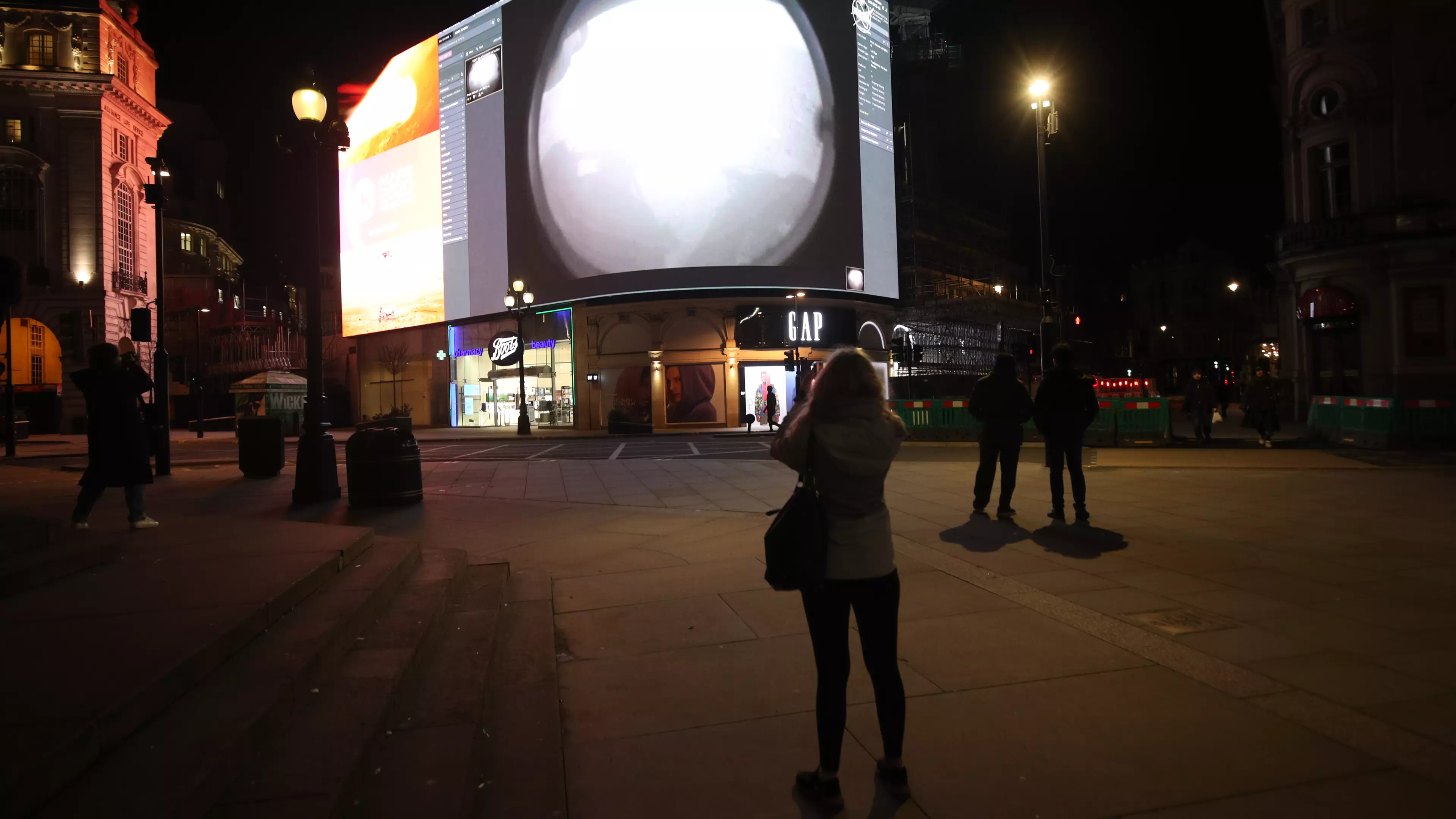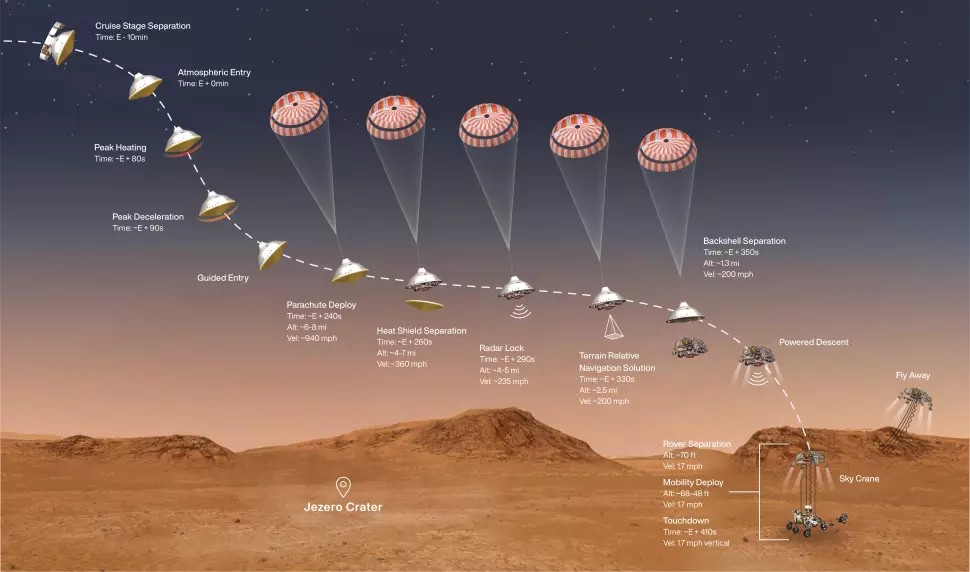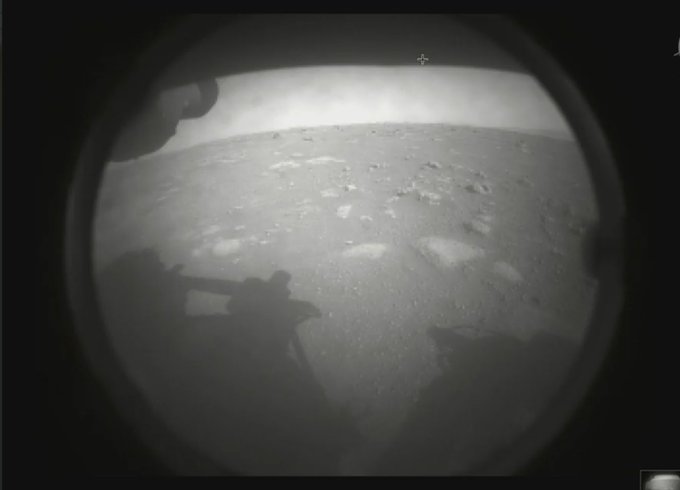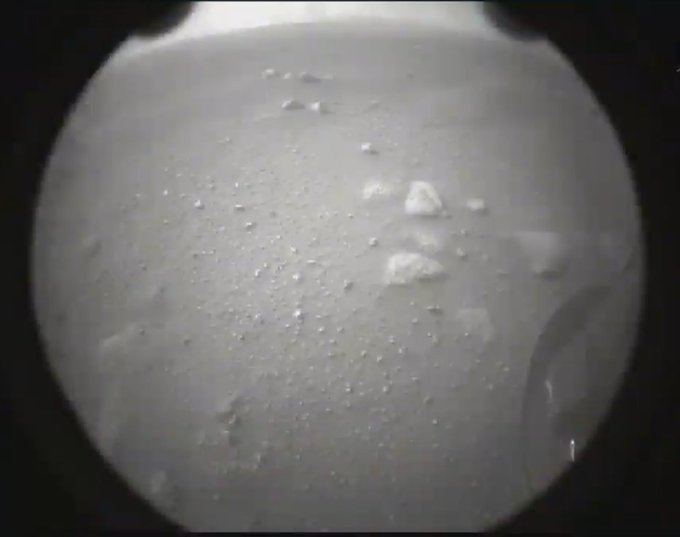
NASA has shared the first images from its Perseverance rover after it successfully landed on Mars. Watch here:
The rover actually tweeted a couple of photos of the Red Planet shortly after landing - yep, it can land on Mars and it can tweet.
Advert
The tweet read: "Hello, world. My first look at my forever home."
There were jubilant scenes at Mission Control after the rover's safe landing was confirmed.
Advert
The space agency's six-wheeled robot first embarked on the trip seven months ago, and has now completed its 470-million-km journey from Earth.
But of all the almost incomprehensibly complex obstacles the rover had to overcome to make it to Mars, the landing was undoubtedly the most challenging and nerve-racking part - with almost half of the spacecraft sent to land on Mars failing to pull it off.
This final minuscule portion of the trip is sometimes referred to as 'seven minutes of terror' - not only because of the intricate sequence involved, but also because radio signals take so long to reach Earth that, by the time they've reached us, the landing has already happened.
In a 2012 video from NASA's Jet Propulsion Laboratory, EDL Engineer Adam Steltzner explained how the delay in signals reaching Earth results in a terrifying finale.

He said: "From the top of the atmosphere down to the surface it takes us seven minutes.
Advert
"It takes 14 minutes or so for the signal from the spacecraft to make it to Earth - that's how far Mars is away from us - so when we first get word that we've touched the top of the atmosphere, the vehicle has been live or dead on the surface for at least seven minutes."
Now that is has landed safely, the rover will begin looking for ancient signs of life - once it's finished tweeting.
It is also joined by a helicopter named Ingenuity, which will undertake the first ever powered flight on another planet.
NASA said: "Perseverance is tasked with searching for tell-tale signs that microbial life may have lived on Mars billions of years ago.
Advert
"It will collect rock core samples in metal tubes, and future missions would return these samples to Earth for deeper study."

The Perseverance landed at the Jezero Crater, where scientists believe they might find the evidence they're after.
Advert
Ken Williford, Deputy Project Scientist for the Mars 2020 Perseverance Rover Mission at NASA's Jet Propulsion Laboratory, said: "We expect the best places to look for biosignatures would be in Jezero's lakebed or in shoreline sediments that could be encrusted with carbonate minerals, which are especially good at preserving certain kinds of fossilized life on Earth.
"But as we search for evidence of ancient microbes on an ancient alien world, it's important to keep an open mind."
Featured Image Credit: PATopics: World News, mars, Nasa, space

